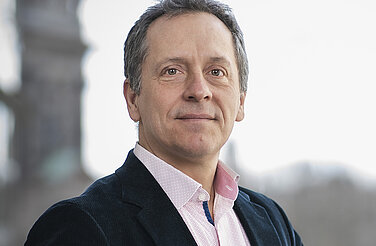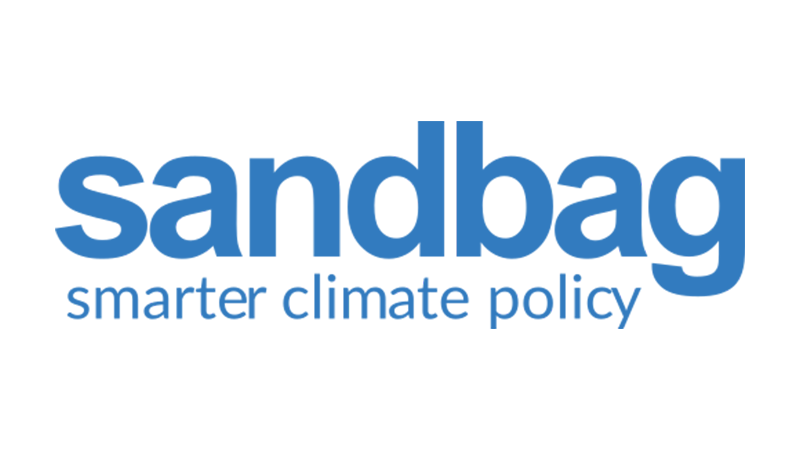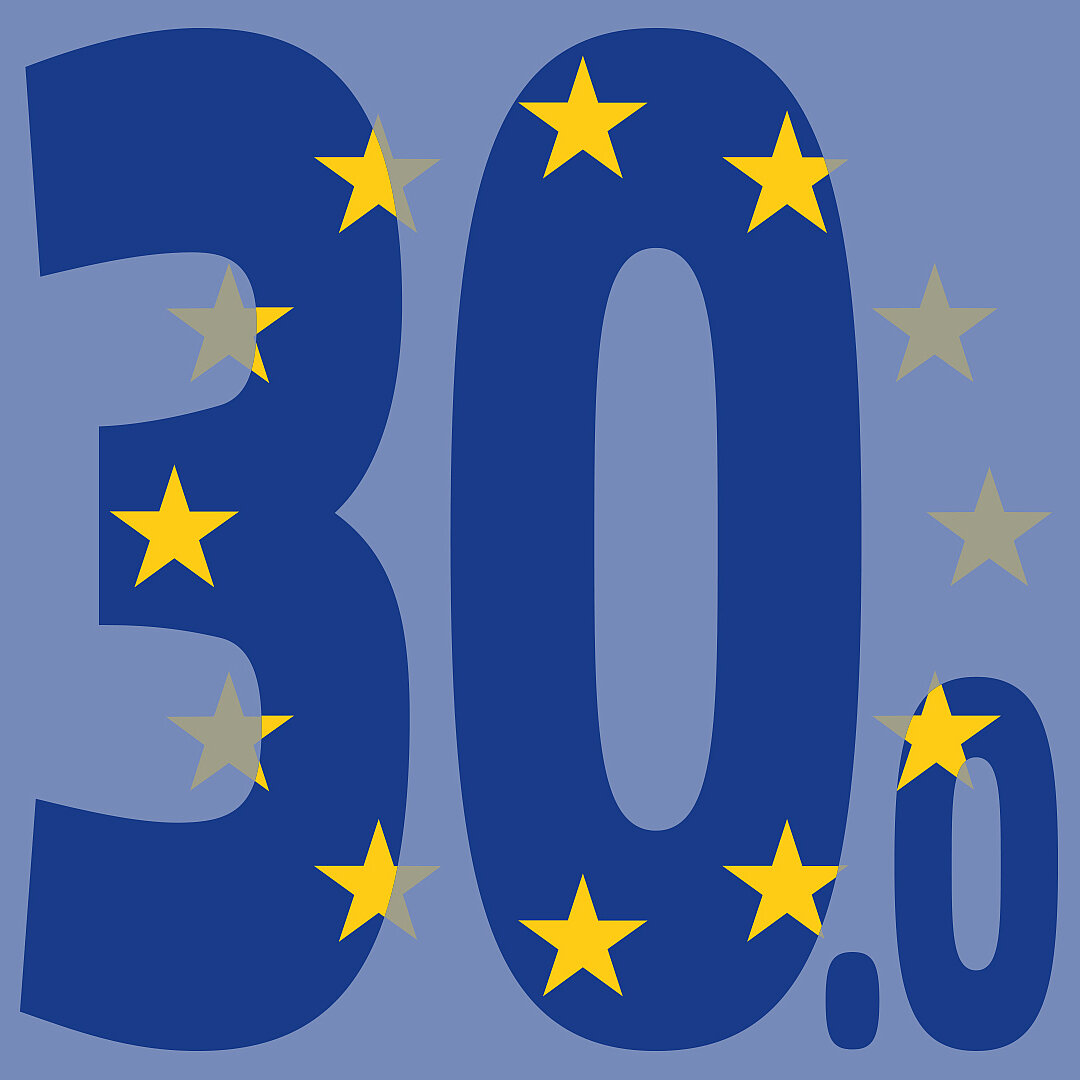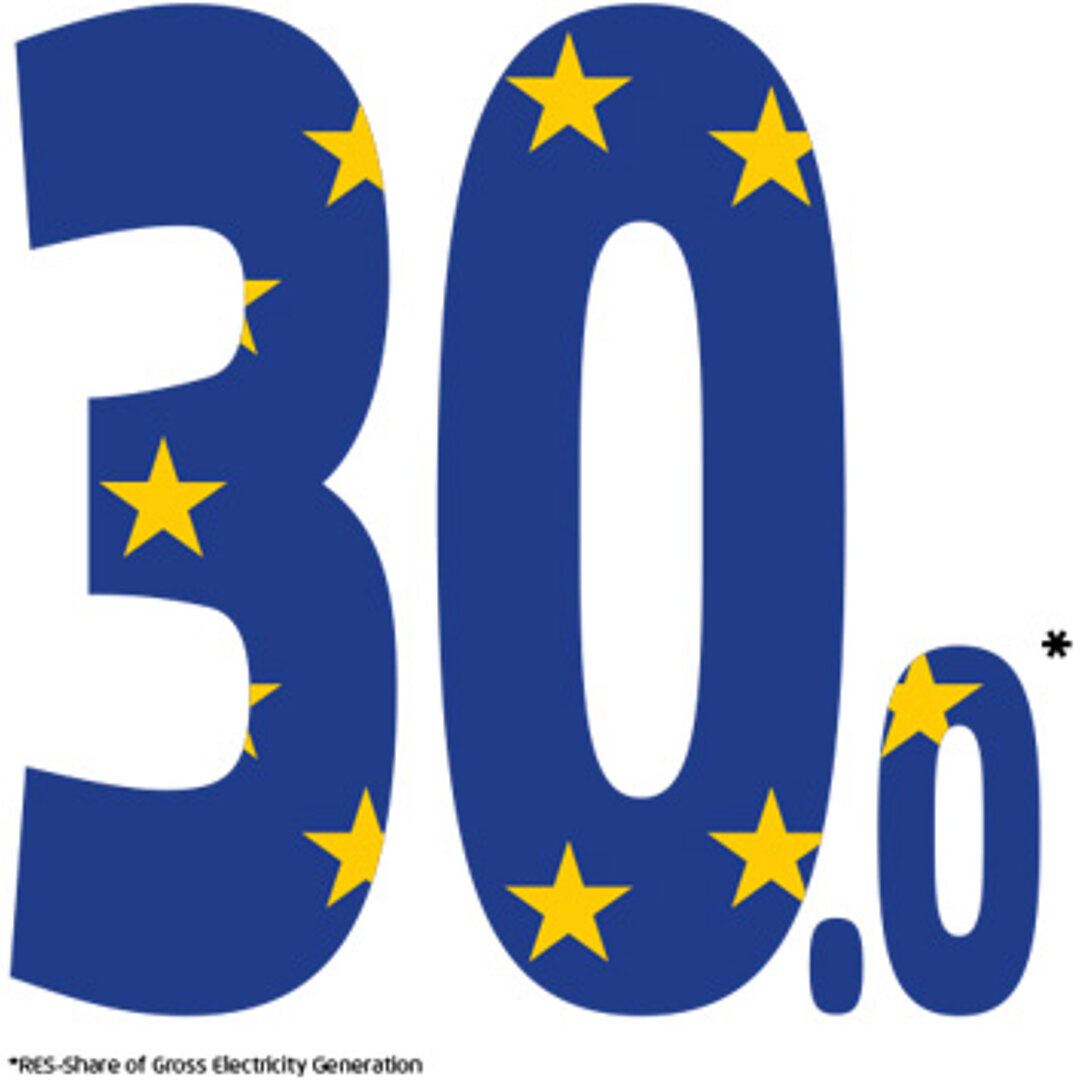-
New renewables generation sharply increased in 2017, with wind, solar and biomass overtaking coal for the first time.
Since Europe‘s hydro potential is largely tapped, the increase in renewables comes from wind, solar and biomass generation. They rose by 12% in 2017 to 679 Terawatt hours, putting wind, solar and biomass above coal generation for the first time. This is incredible progress, considering just five years ago, coal generation was more than twice that of wind, solar and biomass.
-
But renewables growth has become even more uneven.
Germany and the UK alone contributed to 56% of the growth in renewables in the past three years. There is also a bias in favor of wind: a massive 19% increase in wind generation took place in 2017, due to good wind conditions and huge investment into wind plants. This is good news since the biomass boom is now over, but bad news in that solar was responsible for just 14% of the renewables growth in 2014 to 2017.
-
Electricity consumption rose by 0.7% in 2017, marking a third consecutive year of increases.
With Europe‘s economy being on a growth path again, power demand is rising as well. This suggests Europe‘s efficiency efforts are not sufficient and hence the EU‘s efficiency policy needs further strengthening.
-
CO₂ emissions in the power sector were unchanged in 2017, and rose economy-wide.
Low hydro and nuclear generation coupled with increasing demand led to increasing fossil generation. So despite the large rise in wind generation, we estimate power sector CO2 emissions remained unchanged at 1019 million tonnes. However, overall stationary emissions in the EU emissions trading sectors rose slightly from 1750 to 1755 million tonnes because of stronger industrial production especially in rising steel production. Together with additional increases in non-ETS gas and oil demand, we estimate overall EU greenhouse gas emissions rose by around 1% in 2017.
-
Western Europe is phasing out coal, but Eastern Europe is sticking to it.
Three more Member States announced coal phase-outs in 2017 - Netherlands, Italy and Portugal. They join France and the UK in committing to phase-out coal, while Eastern European countries are sticking to coal. The debate in Germany, Europe’s largest coal and lignite consumer, is ongoing and will only be decided in 2019.
The European power sector in 2017
State of affairs and review of current developments
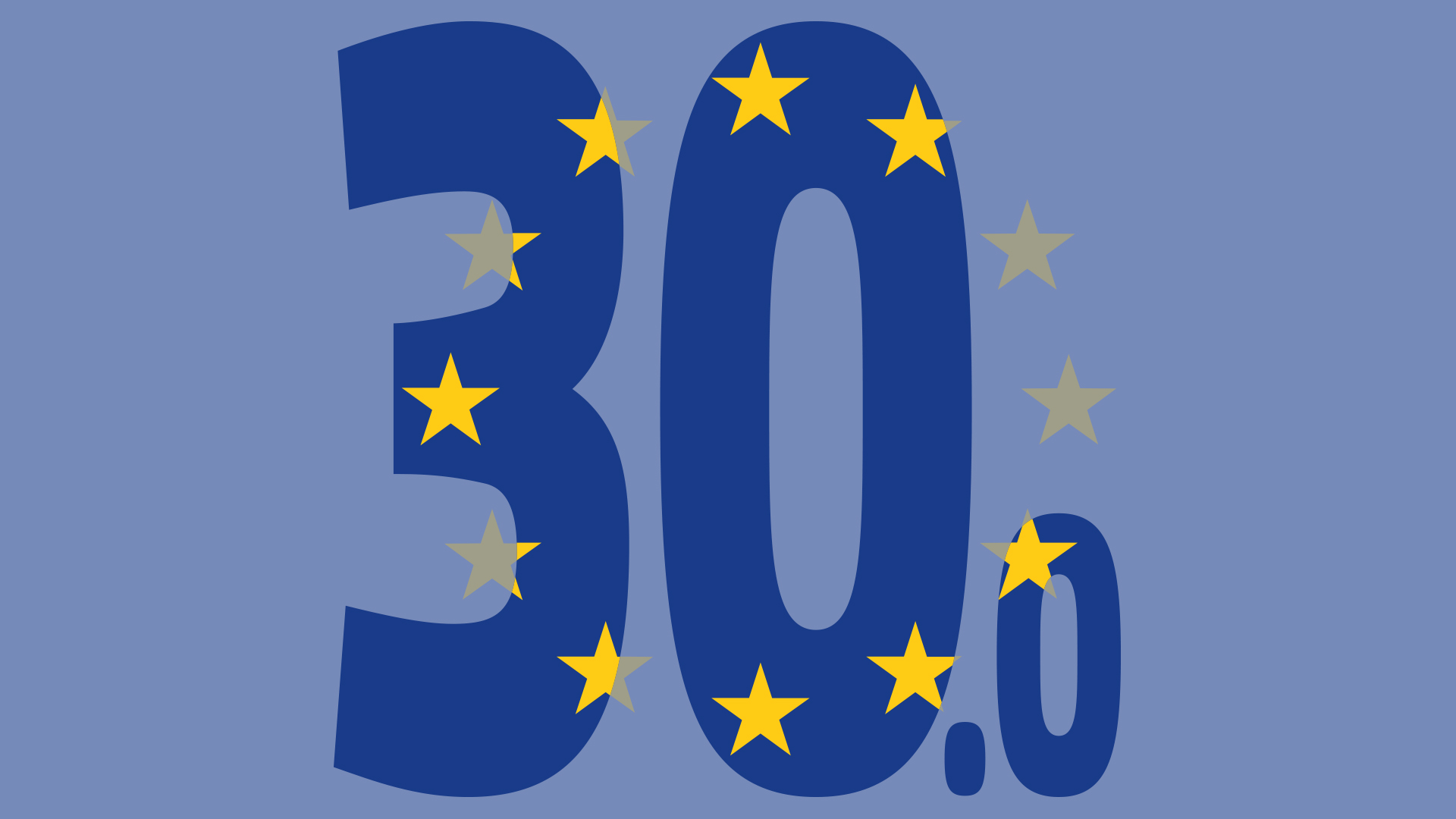
Preface
The power sector will play a crucial role in attaining the European climate targets, which aim to cut greenhouse gases by at least 40% by 2030, compared to 1990. Tracking progress in the power sector is hence of utmost importance.
For the second year in a row, Sandbag and Agora Energiewende have joined forces to present the state of the energy transition in the European power sector, to update what happened in 2017. Key topics include renewables growth, conventional power generation, power consumption, and CO2 emissions. We also make this data available to download in order to enable others to perform up-to-date analysis without needing to reinvent the wheel.
Overall, it is clear that whilst the energy transition in the power sector is generally heading in the right direction, a lot of work remains to ensure its implementation is as effective, cheap, secure and fair as possible.
Key findings
Bibliographical data
Downloads
-
Analysis
pdf 1 MB
The European Power Sector in 2017
State of Affairs and Review of Current Developments
-
Data Attachment
xlsx 180 KB
The European power sector in 2017
This Excel file lists the generation, production and emissions data that were used for the development of the study

